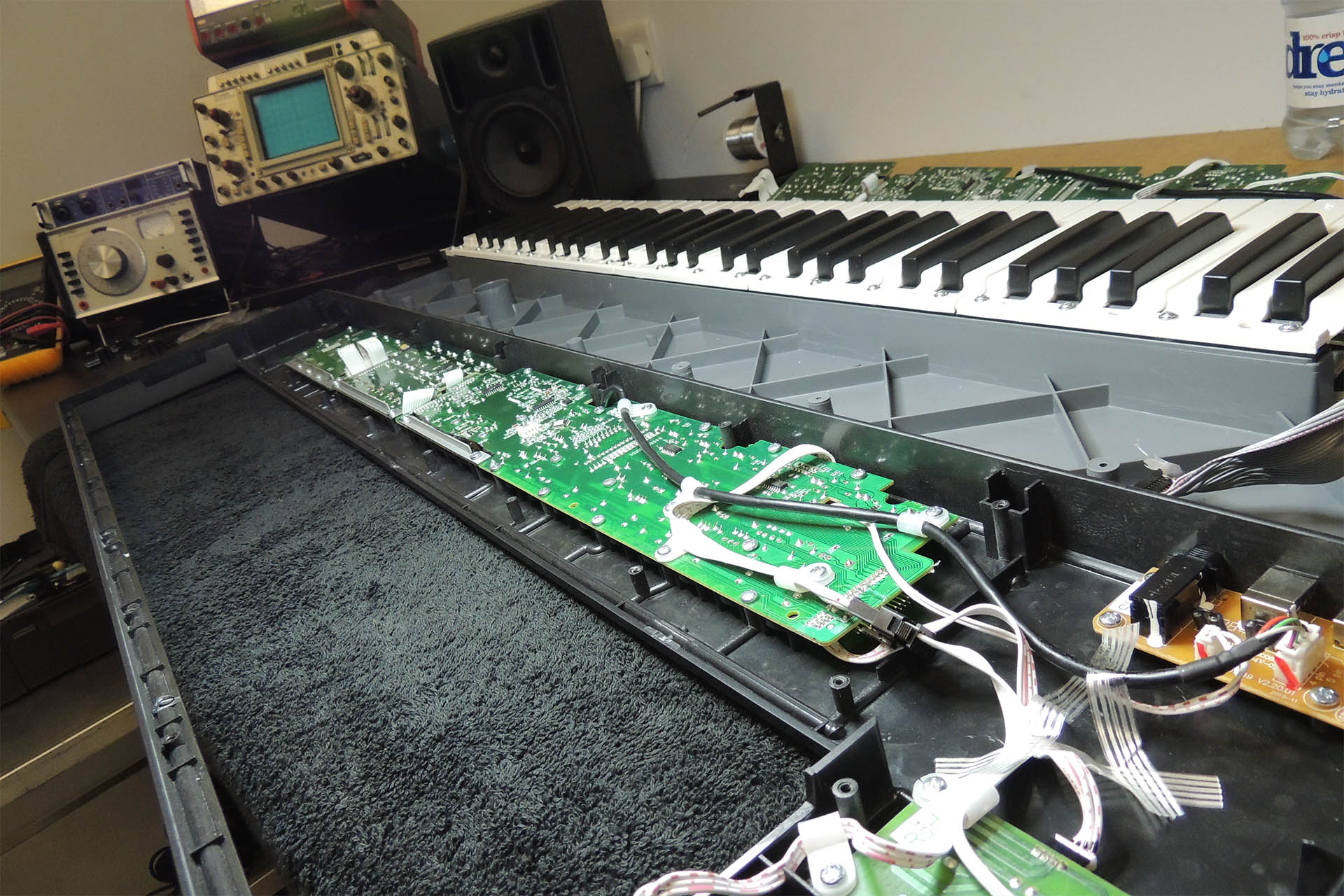
Category: NEWS 2019 – 2020
Marshall Mondays
Of course I don't just do Marshall repairs on Mondays but what a great way to start the week; a gorgeous 4502 JCM900 50W Dual Channel Reverb on the bench. There's nothing too wrong with this amp. It just came in for a re-valve and a tune-up (bias check) after the customer complained that it sounded a bit dull and lifeless.
In my humble opinion, the JCM900 Dual Channel Reverb was the last 'proper' Marshall. Personally I'm a 100W head freak but the 50W heads and combos do sound sweeter. Put a 50W through a 4 x 12 and you get a whole lotta' beef underneath that sweetness.
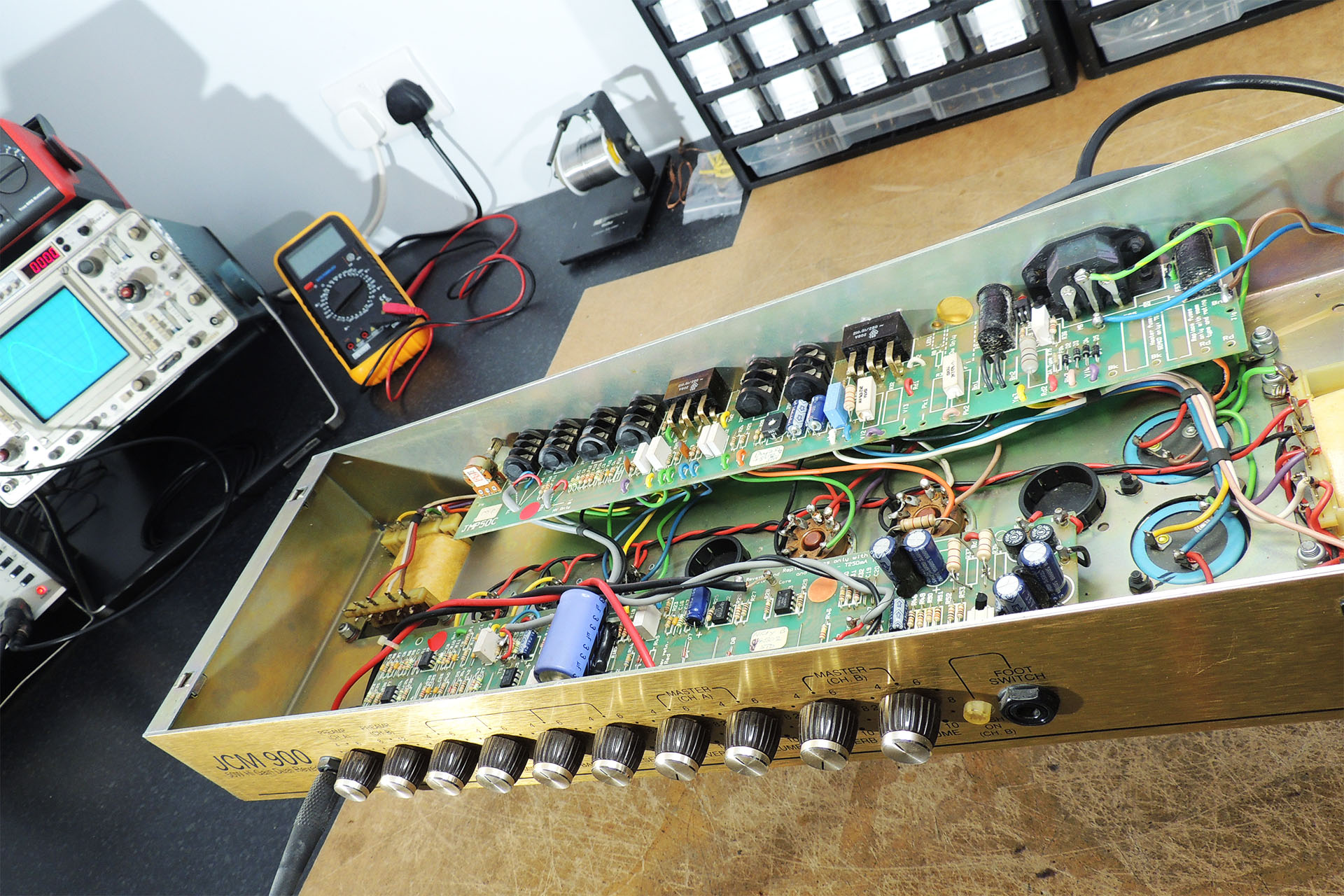
HEAR AND FEEL THE DIFFERENCE
I ALWAYS USE PREMIUM MATCHED VALVES AND I ALWAYS RE-BIAS
CONTACT ME
I get a lot of people ask me about impedance matching valve amps and speaker cabs so sometime over the next couple of weeks, I'll be posting some bumf on how it all works and best practices. Stay tuned!
UPDATE - 12th June 2020: A little more than a couple of weeks 🙁 but here's my post on guitar amp and cab impedance matching.
Cool Stuff – The Yamaha GPI
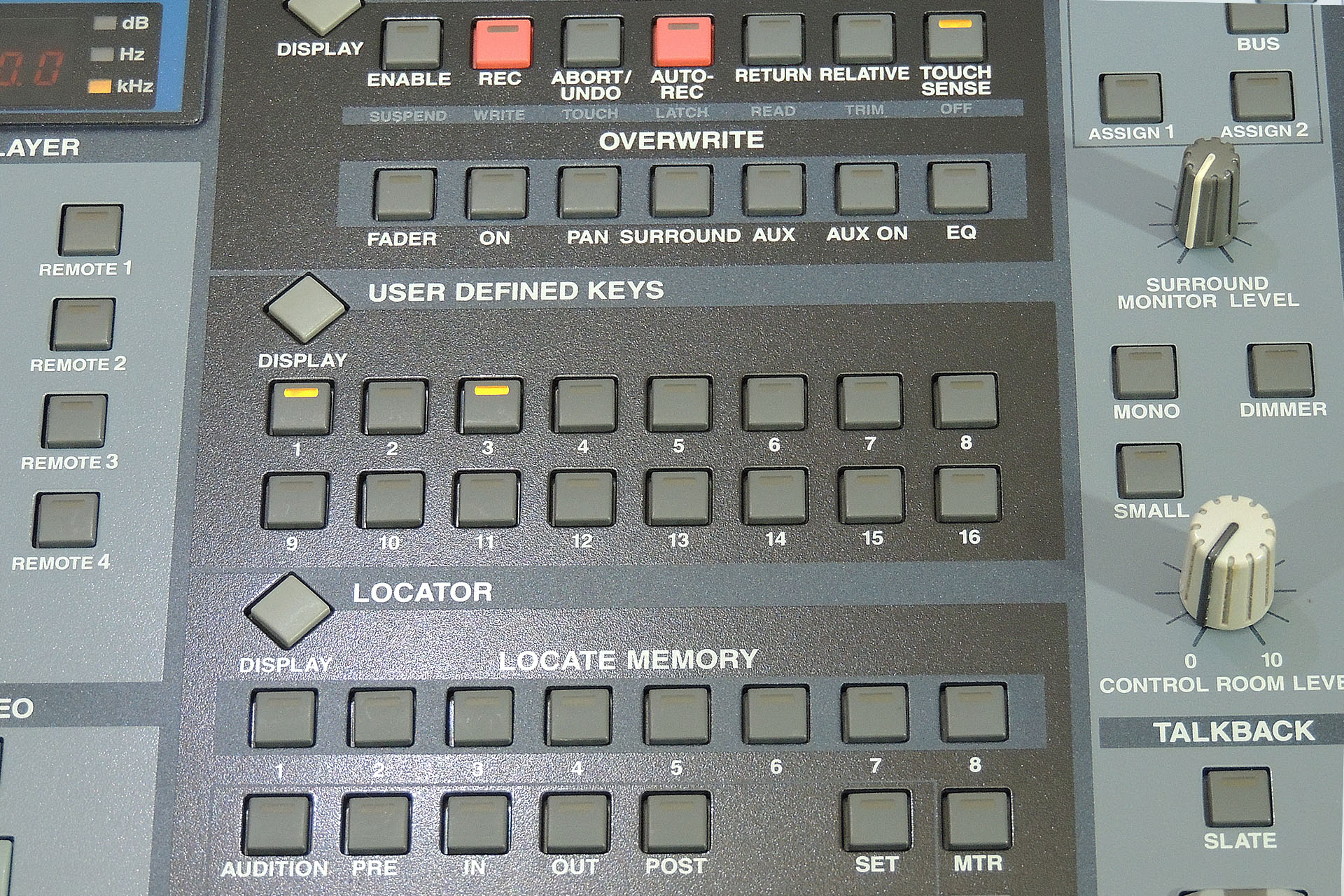
Virtually all high-end Yamaha mixing desks such as the DM series, PM5D, LS9 and CL / QL series to name but a few, are equipped with the Yamaha General Purpose Interface or GPI. The picture above shows the GPI buttons under the 'User Defined Keys' section on a Yamaha DM2000.
It's a great idea and can be so incredibly useful in so many situations. Unfortunately, very few people know what GPI is all about and Yamaha only offer limited implementation options.
Often used to interface a desk with video equipment, the Yamaha GPI standard can also be used to switch on and switch off other equipment such as amplifiers, computers and outboard gear which might be located some distance from the mixing desk. For recording and live applications, this facility could be so incredibly useful.
To take advantage of the Yamaha general purpose interface, I build a distribution box and various gadgets which will allow the GPI on your Yamaha mixing desk, to do just that.
Pictured below is a 3-channel mains power switcher in a solid steel case, capable of switching three loads totalling 10 amps. This particular interface switches three power amps located in another room in a recording studio. Also pictured, is the breakout box which splits the GPI from the desk to eight individual lines. Channels 7 and 8 of this particular switch for example, are used to switch on two computers, also directly from the desk.
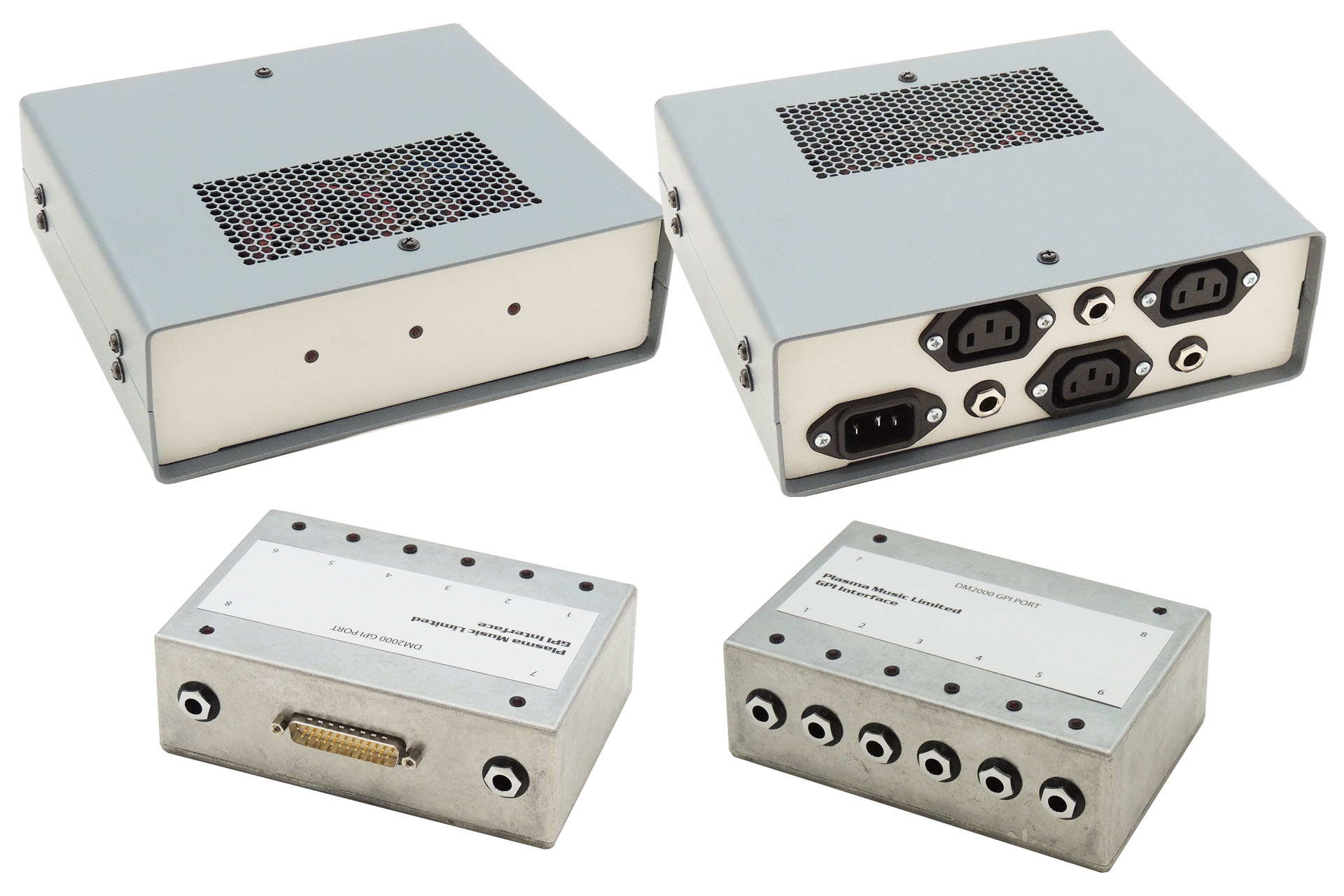
If you have a Yamaha mixing desk equipped with GPI and want to remotely switch gear on and off from it, then don't hesitate to get in touch.
RME Fireface 800 Repair
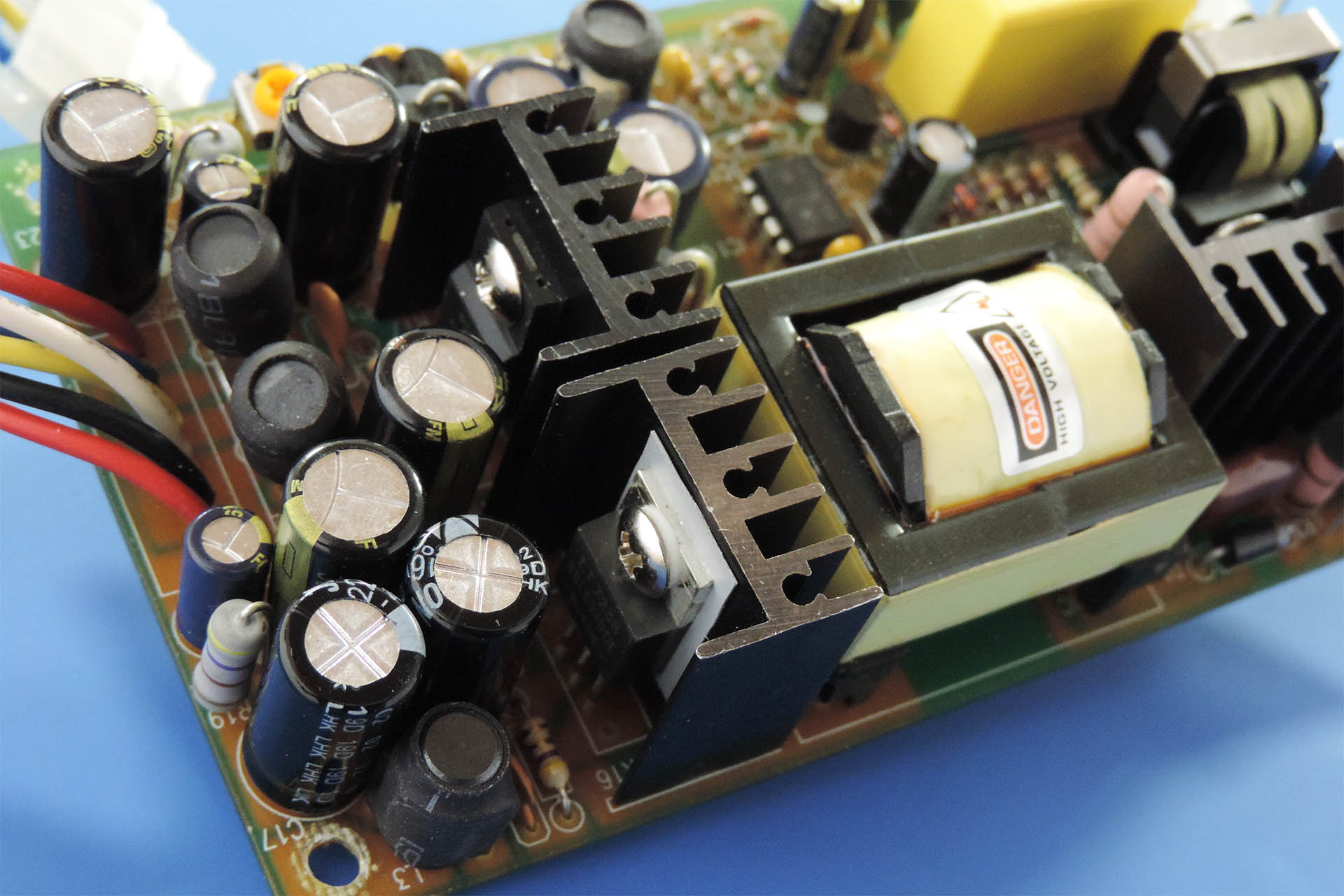
On the bench today; a RME Fireface 800 with a faulty power supply.
Many will know that I'm a mega-big RME fan. Stylish, reliable, oozing sonic excellence in abundance and very easy to use, RME interfaces like the Fireface 800 are sonically very transparent.
When it comes to drivers and firmware, RME is constantly on the ball and software issues with their products simply don't exist. A bold statement I know but in my experience, it's true!
Anyway, every six or seven years the power supplies on these systems pack up. Delivering a reliable but significant output, they do get hot and despite the use of high-temperature tolerant components, time takes its toll. Symptoms range from flashing lights on the front panel, to the unit not powering up at all.
IMPORTANT!!! If you do get the flashing lights but the unit appears to work okay, please, please, please don't wait until it totally dies, to get it fixed. If you do, you'll probably need a completely new power supply... if you're lucky. If you're unlucky, you're Fireface 800 might need major surgery. 🙁
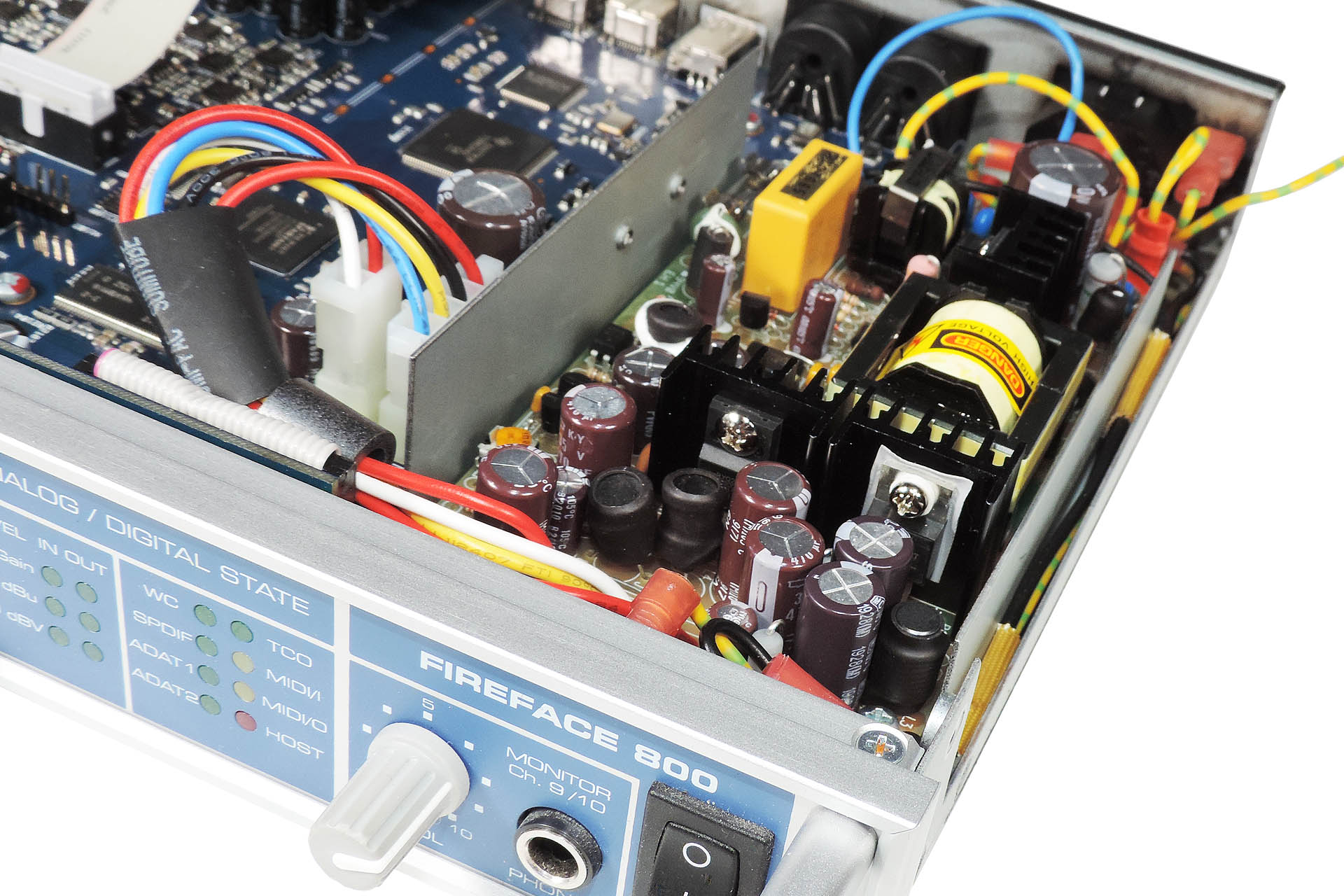
So, if you're in need of a RME Fireface 800 repair, then I'll be more than happy to help you out. It's well worth it. These interfaces are just great. I charge a standard £85.00 for a power supply repair. Just contact me if you want to chat.
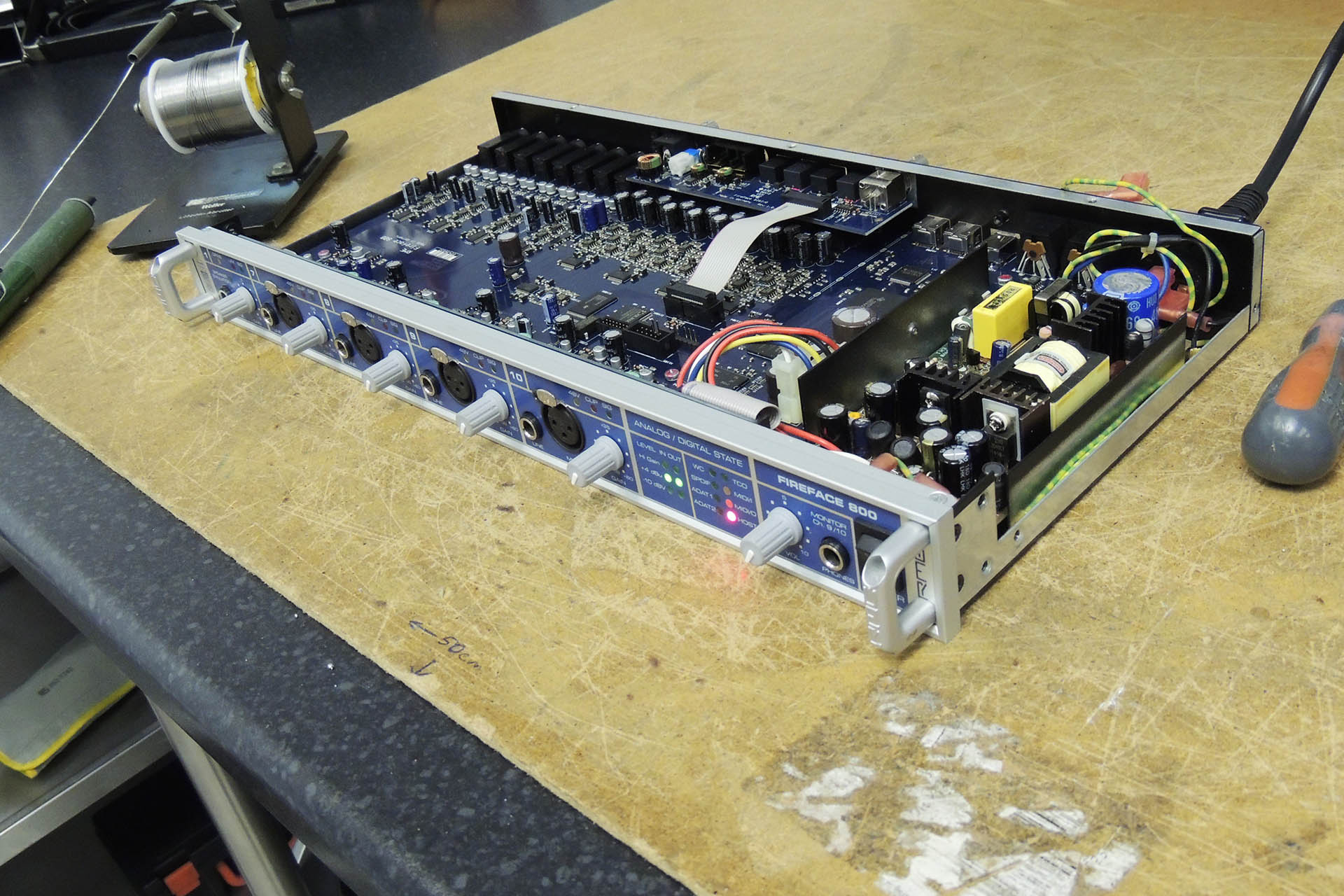
Click here for more information on RME interfaces. In the meantime, here's the spec':
| Input AD: | 8 x 1/4" TRS, 4 x XLR Mic, 4 x 1/4" TRS Line, all servo-balanced. 1 x 1/4" TS unbalanced |
| Output DA: | 8 x 1/4" TRS, servo-balanced, DC-coupled signal path. 1 x 1/4" TRS unbalanced |
| Input Digital: | 2 x ADAT optical or SPDIF optical, SPDIF coaxial (AES/EBU compatible) |
| Output Digital: | 2 x ADAT optical or SPDIF optical, SPDIF coaxial (AES/EBU compatible) |
| MIDI: | 1 x MIDI I/O via 5-pin DIN jacks, for 16 channels low jitter hi-speed MIDI |
| Dynamic range AD: | 109 dB RMS unweighted, 112 dBA |
| THD AD: | < -110 dB (< 0.00032 %) |
| THD+N AD: | < -104 dB (< 0.00063 %) |
| Crosstalk AD: | > 110 dB |
| Dynamic range DA: | 116 dB RMS unweighted, 119 dBA (unmuted) |
| THD DA: | < -103 dB (< 0.0007 %) |
| THD+N DA: | < -100 dB (< 0.001 %) |
| Crosstalk DA: | > 110 dB |
| Input/Output level for 0 dBFS @ Hi Gain: | +19 dBu |
| Input/Output level for 0 dBFS @ +4 dBu: | +13 dBu |
| Input/Output level for 0 dBFS @ -10 dBV: | +2 dBV |
| Sample rate internally: | 32, 44.1, 48, 64, 88.2 kHz, 96 kHz, 128, 176.4, 192 kHz |
| Sample rate externally: | 28 kHz - 200 kHz |
| Frequency response AD/DA: | -0.1 dB: 5 Hz - 21.5 kHz (sf 48 kHz) |
| Frequency response AD/DA: | -0.5 dB: < 5 Hz - 43.5 kHz (sf 96 kHz) |
| Frequency response AD/DA: | -1 dB: < 5 Hz - 70 kHz (sf 192 kHz) |
UPDATE - 11th March 2021
I regularly receive inquiries about the RME Fireface 800 and have been toiling with the idea to make an external power supply.
I've tested a couple of my designs which power the Fireface really well. My designs don't get hot and will last much longer than the original. The problem is that they're all external!
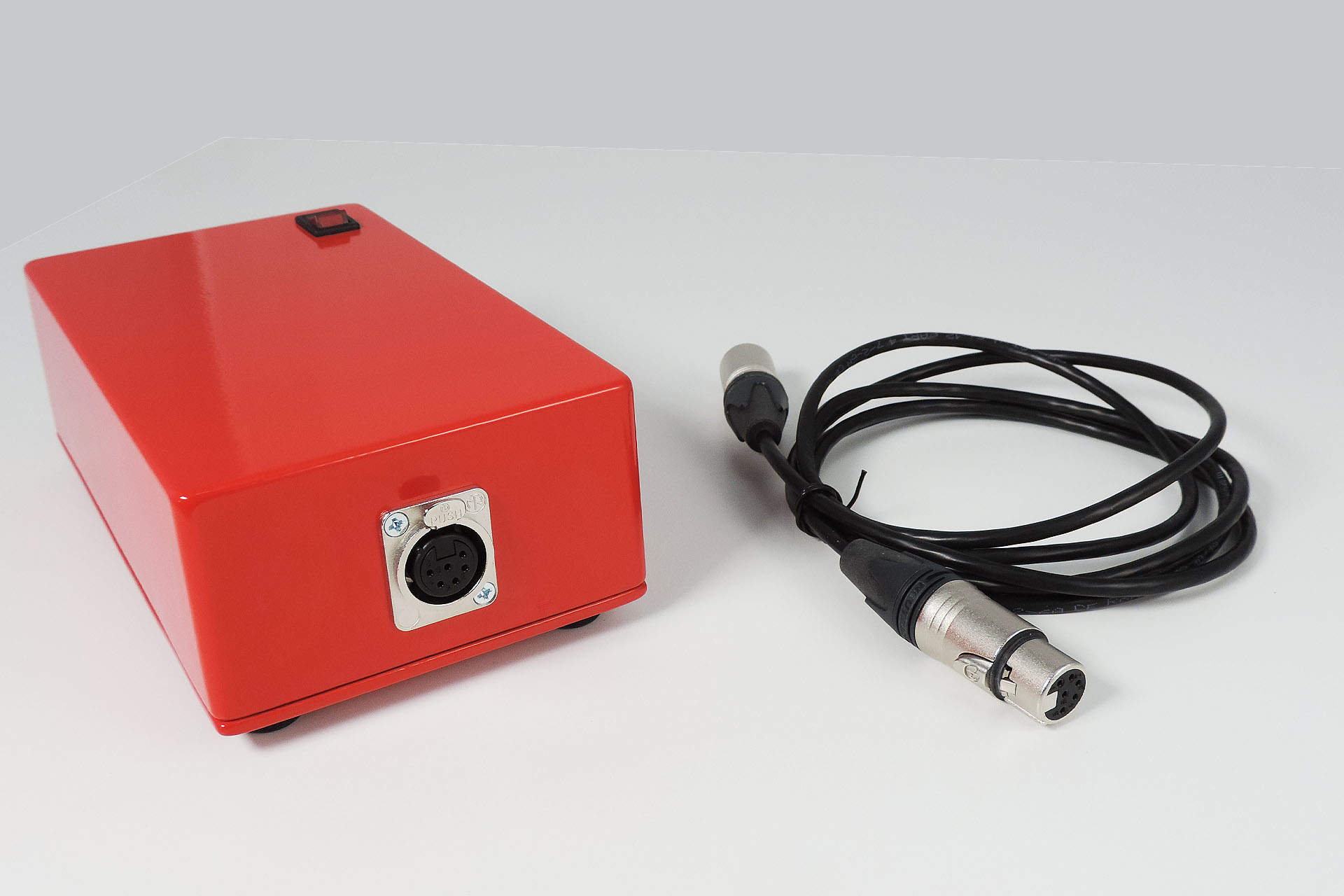
So, there are a few problems to overcome...
You need to get a 6-pole connection reliably into the chassis of the unit. The obvious place to do this, is in the position of the IEC power inlet. The problem is that the power inlet is a snap-in type so there are no screw holes. Synthax UK have kindly offered me an old demo unit to play with but I need to be confident that what I do, can be also done by end-users.
As I said, my replacement power supply works just great so that's a good start. I'll keep you posted on how this project progresses.

